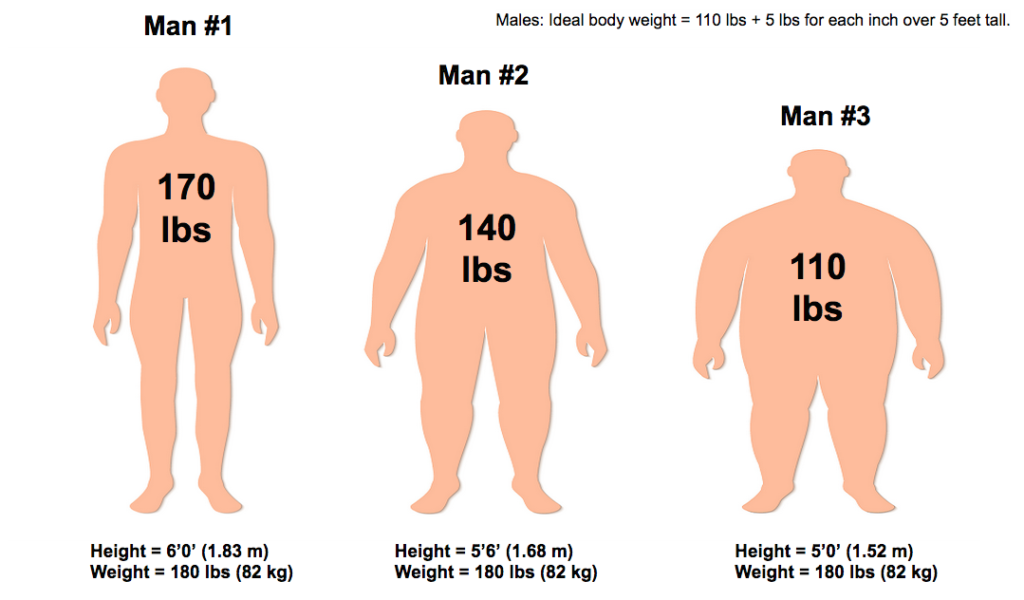How Many Ants Would It Take to Lift a Human? Exploring the Fascinating World of Ant Strength
Ants, those tiny insects that often go unnoticed, possess an incredible strength that defies their size. Have you ever wondered how many ants it would take to lift a human? This intriguing question leads us into the realm of ant biology, physics, and the astonishing feats that these minuscule creatures can achieve. In this article, we will delve deep into the world of ants and unveil the secrets behind their remarkable strength.
I. The Anatomy of Ants: A Closer Look at their Muscles
To understand the mechanics of how ants can carry objects many times their own weight, it's crucial to explore their anatomy. Ants are equipped with specialized muscles that allow them to generate significant force.

The Anatomy of Ants
Their muscles are structured in a way that provides high efficiency in converting energy into movement. The cross-sectional area and arrangement of muscle fibers enable ants to produce remarkable power relative to their size.
II. Ants in Action: The Science of Lifting
When it comes to lifting objects, ants employ a combination of factors that contribute to their impressive strength. One of these factors is the recruitment of multiple ants to work together, creating a collaborative effort that maximizes their lifting capacity.
Furthermore, ants utilize their strong jaws to grip onto objects, adding an extra layer of stability during lifting.
III. Exploring the Mathematics: Ant Strength vs. Human Weight
To estimate how many ants it would take to lift a human, we need to consider the average weight of an ant, the strength they can exert, and the weight of a human being. While individual ant species can vary in size and strength, on average, an ant can lift objects up to 50 times its own body weight. Let's assume an average ant weighs around 5 milligrams. With this information, we can start crunching the numbers.
The average weight of a human is approximately 70 kilograms (154 pounds). To simplify the calculation, let's convert the human's weight to milligrams, which is 70,000,000 milligrams. If an ant can lift 50 times its weight (5 milligrams), it can carry 250 milligrams.

The average weight of a human
Now, let's divide the weight of the human (70,000,000 milligrams) by the carrying capacity of a single ant (250 milligrams). The result is 280,000 ants.
IV. Factors Affecting the Calculation
While the mathematical calculation provides us with a rough estimate, it's important to acknowledge that real-world scenarios are more complex. Various factors can influence the accuracy of this calculation.
For instance, ants might not be able to work together as efficiently to lift an object as they do when lifting food or building materials. Friction, leverage, and the human's body shape also play a role in determining the actual number of ants required.
V. The Power of Ant Cooperation: Lessons from Nature
Beyond the mere curiosity of the question, exploring how ants work together to achieve incredible feats of strength offers valuable insights into teamwork and collaboration. Ant colonies function as highly organized societies where each individual has a specific role. Studying their cooperative behavior can inspire us to enhance our own collaborative efforts in various fields, from science to business.

The Power of Ant Cooperation
VI. Conclusion
The question "how many ants would it take to lift a human" takes us on a fascinating journey into the world of ants, revealing the impressive capabilities of these tiny creatures. Through an understanding of their anatomy, biology, and collaborative behavior, we can estimate that it might take around 280,000 ants to lift an average human.
However, this calculation is just a starting point, as real-world factors introduce complexities that influence the actual outcome. As we marvel at the strength of ants, we can also draw parallels to the importance of teamwork and cooperation in our own lives.